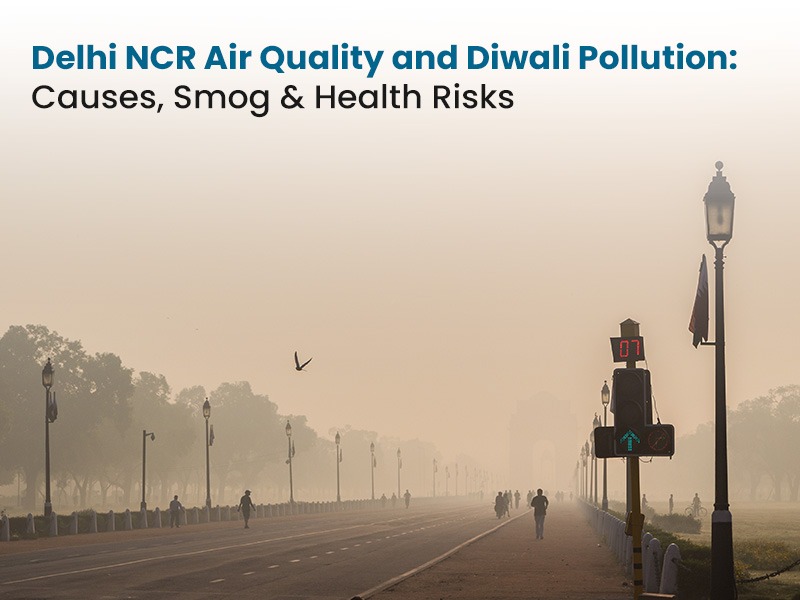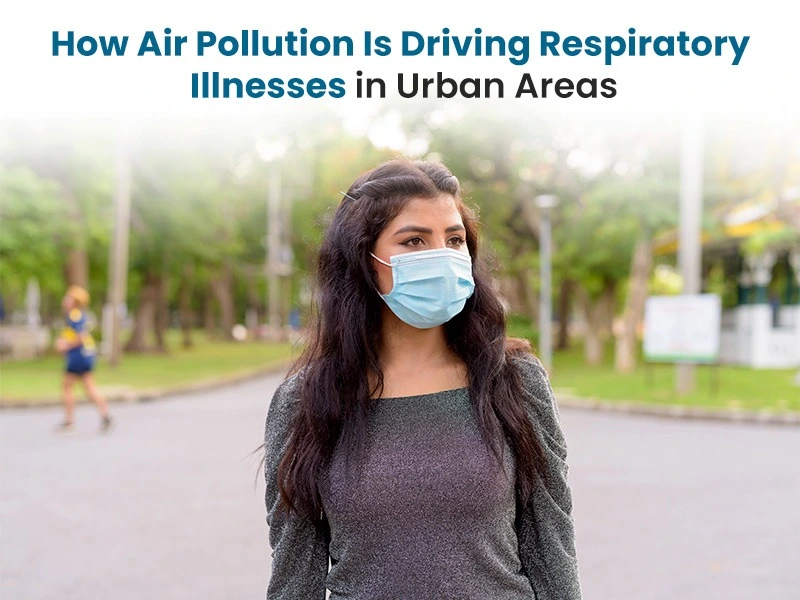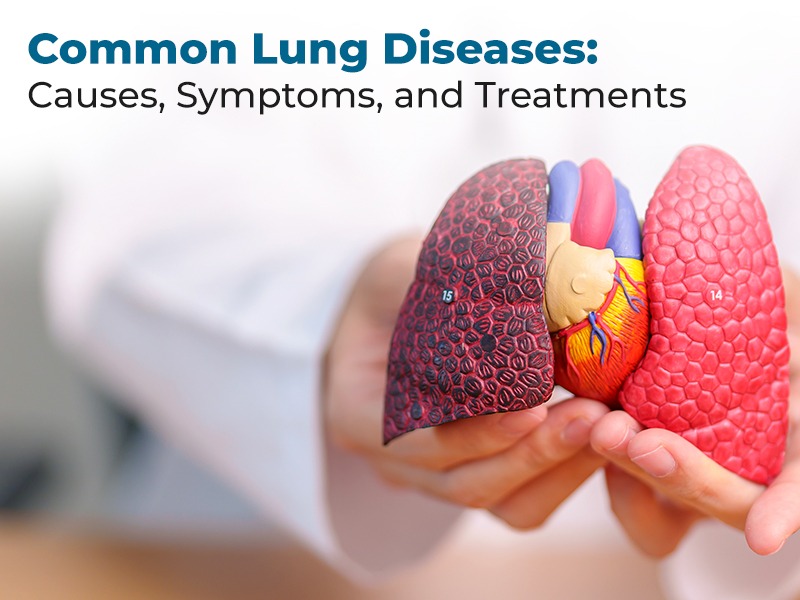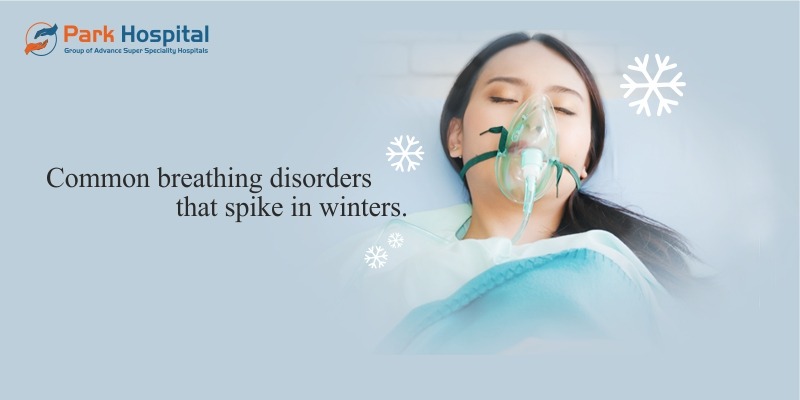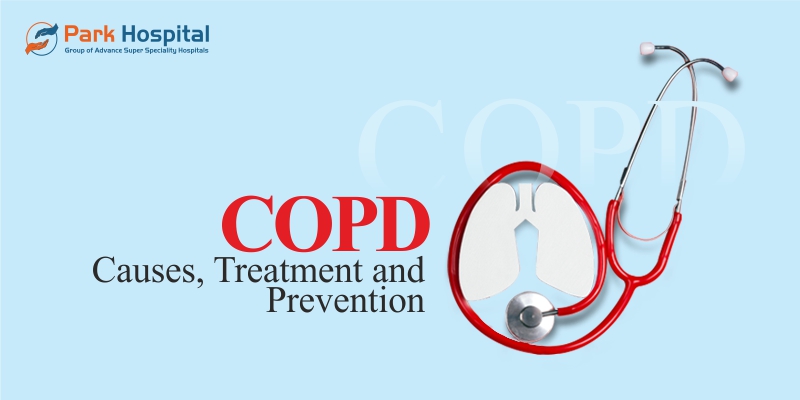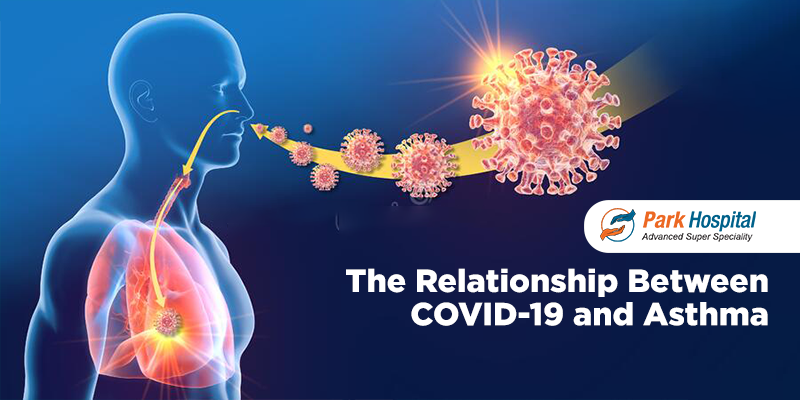Overview
The Delhi NCR air quality declines significantly during the festive season, especially around Diwali, when pollution levels and smog fill the air. The combination of firecracker smoke, vehicle emissions, and stubble burning creates a thick layer of haze that reduces visibility and causes breathing discomfort. The air quality index in Delhi often crosses severe levels during this period, affecting people of all age groups, particularly children, senior citizens, and those suffering from asthma, bronchitis, or heart disease.
At Park Group of Hospitals, our goal is to spread awareness about the increasing impact of air pollution in Delhi NCR during and after Diwali. Our healthcare network across Delhi, Gurugram (Sector 47, Palam Vihar, Sector 37 D), Faridabad, Sonipat, Panipat, Karnal, Ambala, Patiala, Mohali, Bathinda, Behror, and Jaipur ensures that people receive advanced care and guidance on managing pollution-related respiratory and cardiac issues. Our specialists provide lung function tests, oxygen therapy, and customized treatment plans to help patients recover from the harmful effects of polluted air.
As air quality worsens during winter and after Diwali celebrations, it is vital to use protective masks, air purifiers, and indoor ventilation to stay safe. For any breathing difficulty or health emergency, contact Park Hospital’s 24x7 emergency service helpline at +91 99166 99166.
Why Delhi NCR Faces Severe Air Pollution During Diwali
Delhi NCR’s air quality worsens significantly around Diwali due to multiple overlapping factors. The most immediate cause is the widespread bursting of firecrackers, which release harmful gases and particulate matter such as PM2.5 and PM10. These tiny particles remain suspended in the air and penetrate deep into the lungs, aggravating respiratory conditions.
Additionally, vehicular emissions, industrial smoke, and stubble burning in nearby states like Punjab and Haryana contribute to the toxic haze that engulfs the region. Cooler temperatures and low wind speeds during late October and November trap these pollutants near the ground, resulting in persistent smog in Delhi NCR.
Post-Diwali, the situation often becomes critical as Delhi smog lingers for days, turning the city’s air into a grey blanket that affects visibility and breathing comfort. According to environmental experts, pollution spikes by nearly 30-40% immediately after Diwali, pushing the air quality index in Delhi into the “hazardous” zone.
Key Pollutants in Delhi’s Air During Diwali
The pollutants that dominate the Delhi NCR air quality post-Diwali are both chemical and particulate in nature. Some of the major culprits include:
Particulate Matter (PM2.5 and PM10): Extremely fine particles that can enter the bloodstream and affect lung and heart health.
Sulphur Dioxide and Nitrogen Oxides: Released from firecrackers and vehicle exhaust, these gases irritate the eyes, throat, and respiratory tract.
Carbon Monoxide: Reduces oxygen levels in the body and can be particularly dangerous for individuals with heart or lung diseases.
Heavy Metals (Lead, Cadmium): Found in certain types of firecrackers, these toxic elements can cause long-term health damage when inhaled.
Together, these pollutants create a dense smog in Delhi NCR that is not just an environmental issue but a serious public health emergency.
Health Effects of Air Pollution on Lungs and Overall Well-being
The effects of air pollution on lungs are particularly severe in Delhi NCR during Diwali. Prolonged exposure to polluted air can lead to a variety of health issues, ranging from mild irritation to chronic respiratory diseases.
Short-Term Effects
Coughing, wheezing, and throat irritation
Burning eyes and headaches
Fatigue and shortness of breath
Aggravation of asthma and allergic reactions
Long-Term Effects
Reduced lung capacity
Chronic bronchitis and asthma
Increased risk of cardiovascular diseases
Heightened vulnerability to infections like pneumonia
Long-term decline in immune and respiratory function
Children, the elderly, and people with pre-existing conditions such as asthma or COPD (Chronic Obstructive Pulmonary Disease) are most at risk during periods of poor Delhi air quality. For expectant mothers, Diwali pollution in Delhi can also increase risks of low birth weight or respiratory problems in newborns.
Smog and Its Impact on Delhi NCR
The smog in Delhi NCR is a recurring post-Diwali phenomenon that combines smoke, fog, and industrial emissions. This toxic mix forms when moisture in the air reacts with pollutants, reducing visibility and increasing the density of inhalable particles.
In early November, the Air Quality Index often crosses 400–500, indicating severe pollution. During such times, even short outdoor exposure can trigger symptoms like coughing, eye irritation, and breathlessness. For individuals with respiratory or cardiac issues, these conditions can become life-threatening if preventive steps are not taken.
How to Protect Yourself from Diwali Pollution
While government initiatives such as the Graded Response Action Plan (GRAP) aim to control pollution, individual awareness and precautionary actions are equally important. Here are some effective steps to safeguard your health during Diwali:
Avoid Outdoor Activities During Peak Smog Hours
Stay indoors during the evening and early morning when pollution levels are highest.Use Air Purifiers at Home
Choose purifiers equipped with HEPA filters to remove fine particulate matter from indoor air.Wear N95 or N99 Masks
Regular cloth masks are ineffective against pollution; certified masks offer better filtration.Keep Windows Closed
Prevent outdoor air from entering your living space, especially at night when smog thickens.Stay Hydrated and Eat Antioxidant-Rich Foods
Water, fruits, and vegetables help your body flush out toxins and support lung health.Limit the Use of Firecrackers
Choose eco-friendly or noiseless alternatives that emit fewer pollutants.Monitor AQI Regularly
Use air quality monitoring apps or websites to plan safe outdoor activities.
Government Efforts to Control Delhi NCR Air Pollution
Authorities in Delhi NCR have implemented several measures to curb pollution, especially around Diwali. The Delhi Pollution Control Committee (DPCC) issues guidelines on firecracker usage and promotes community fireworks zones. Restrictions on heavy vehicle movement, temporary school closures, and campaigns promoting a Green Diwali are also part of the city’s anti-pollution strategy.
However, sustainable improvement in Delhi NCR air quality requires long-term solutions such as promoting public transport, transitioning to cleaner fuels, enforcing emission standards, and controlling crop residue burning in neighboring states.
Conclusion
The Delhi NCR air quality continues to be a growing concern, particularly during the Diwali season. While the festival symbolizes light and joy, the accompanying Diwali pollution casts a shadow over public health and the environment.
By understanding the causes of air pollution, recognizing its effects on lungs and heart, and adopting responsible practices, we can all contribute to a cleaner and safer Diwali. Protecting our air is not just a collective responsibility, it is essential for the well-being of every resident in Delhi NCR.

